Last Updated on July 30, 2021
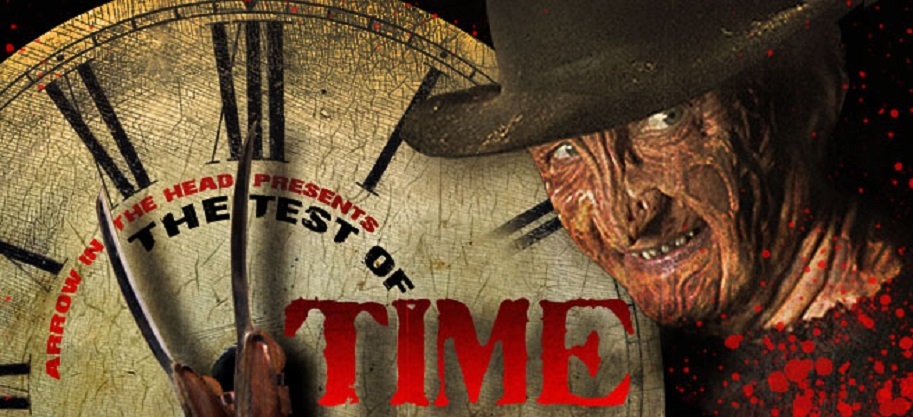
We all have certain movies we love. Movies we respect without question because of either tradition, childhood love, or because they’ve always been classics. However, as time keeps ticking, do those classics still hold up? Do they remain must see? So…the point of this column is to determine how a film holds up for a modern horror audience, to see if it stands the Test of Time.
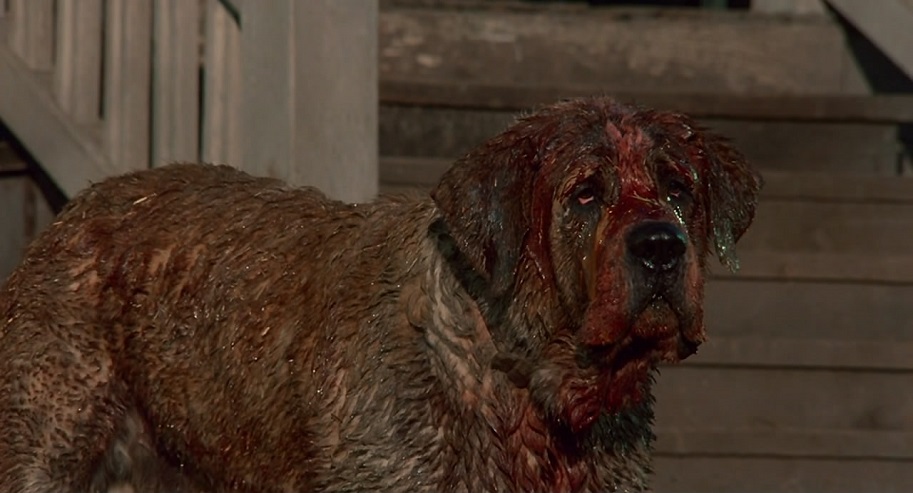
DIRECTED BY LEWIS TEAGUE
STARRING DEE WALLACE, DANNY PINTAURO, DANIEL HUGH KELLY, ED LAUTER
From ORCA to CUJO…from killer whale to man’s best friend. Oh the mother*king harmony!
Not for nothing, but did any of y’all ever check out that CBS series ZOO? Well, for whatever reason, my lady has been cranking out like eight episodes a day during an unholy vacation binge. Not a great show, but not a terrible one either. Point is, ZOO made me think of the various killer animal flicks that have populated the horror genre over the decades. And speaking of harmony, it turns out Stephen King’s CUJO turns celebrates its 35th anniversary this month. Seems a perfect candidate to give up a long overdue checkup to this rabid, spume-slavering son of a bee-yotch…
Seriously, I’ve always felt that as far as Stephen King adaptations go, CUJO has largely gotten short shrift. After-all, the movie came out well after CARRIE and THE SHINING, two sterling King adaptations, and was released one year after CREEPSHOW and the same year as both THE DEAD ZONE and CHRISTINE, two mid-tier King horror appropriations. Simply put, CUJO kind of got lost in the fray. It’s not quite a black sheep, but it’s largely left out when discussing King’s cinematic canon. But hey, they say rabies is incurable and lasts forever if untreated. Let’s see if CUJO is just as durable when going up against the Test of Time!
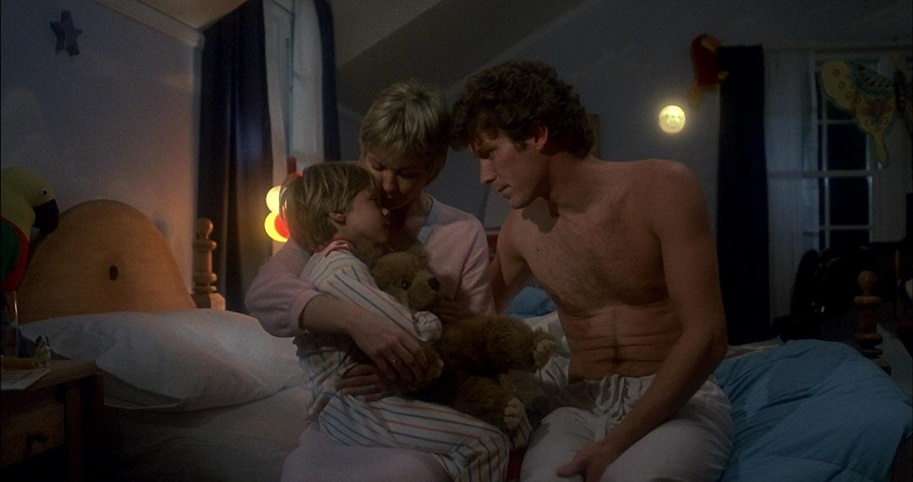
THE STORY: Off the bat, it’s worth noting that Stephen King was so besotted in the throes of his alcoholism that he claims to have zero recollection of even writing CUJO. Now that’s damn impressive. Also, the term Cujo has been rumored to mean “unstoppable force” in an ancient Indian language, a factoid King was totally oblivious to when coining the title. Before we get into the particulars of the brilliant high-concept premise, it’s also worth noting that King contributed heavily to the screenplay, yet in typical selfless fashion, forwent WGA credit. King is also responsible for replacing original director Peter Medak (THE CHANGELING) with Lewis Teague after seeing his splendid sewer-dwelling-killer-reptile picture ALLIGATOR. Indeed, the King’s prints were all over the production of CUJO, and even derived the premise from a real-life encounter to a mechanic to get his motorcycle repaired, only to be terrified by the man’s overaggressive pooch. Thus, CUJO was born.
Vic Trenton (Daniel Hugh Kelly) is an ad-man for Sharp Cereal, living with his wife Donna (Dee Wallace) and young son Tad (Danny Pintauro in his screen debut) out in the country. Before we meet this family however, we get a wonderful opening scene that sets the sympathetic stakes right up front. Set to Charles Bernstein’s wistfully idyllic score (one after THE ENTITY and one year before creating the indelible score for A NIGHTMARE ON ELM STREET mind you), an adorably huggable St. Bernard chases a rabbit through a field. When the rabbit retreats into a cave, the dog crams its head inside, only to be bitten on the nose by a rabid bat. The only fault the dog is guilty of is acting on behalf of its own nature. There’s no malicious intent in CUJO, or is there?

Now bear with us. Many have posited that, since CUJO (the novel) is said to be an indirect sequel to King’s THE DEAD ZONE, it can be read that CUJO is in fact possessed by the serial killer Frank Dodd from THE DEAD ZONE. I think there could very well be more to this theory, but since both films were released by different studios, direct ties were severed, despite being released two months apart. No matter, it does not change the fact the driving action of CUJO’s story is that a rabid, mouth-foaming, blood-thirsty St. Bernard begins terrorizing the local country folk, putting Tad and Donna directly in his sadistic sights!
WHAT HOLDS-UP: Aside from the so-simple-how-has-it-not-been-done-before premise, when revisiting CUJO the other day, three crucial aspects of the film really stood out. One is the outright sympathy created for both the protagonists – the Trent family – and the antagonist – Cujo. Straight-up, the only thing CUJO is guilty of is acting like a dog. That’s it. It is not his fault he contracted rabies and that his ignorant, negligent owners failed to properly notice this and get him the proper treatment as fast as possible. I feel tremendous sympathy for CUJO every time I see the film, and do so almost immediately. This is why CUJO’s owner, the mechanic Joe Camber (the great Ed Lauter playing something other than a police chief for a change), comes off as an even bigger bad guy than CUJO does. Taken further, after vituperating his own wife and child, we damn near root for CUJO to gorily fell Joe and his boozy letch of a pal, Gary (Mills Watson). Before assailing the Trents as an outright villain, CUJO actually comes off far more lovably when he lethally attacks two drunk, lowlife adulterers.
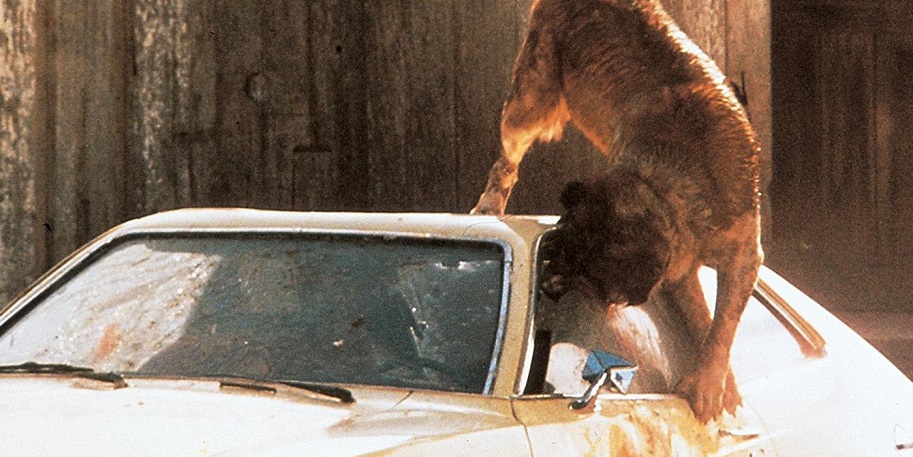
The two other undeniable points of durability in CUJO are interrelated. We’re talking about the hair-raisingly harrowing car sequences and the performance of Dee Wallace during such. Indeed, for as sozzled as King was during production, he’s got a hell of a point when calling Dee Wallace’s turn in CUJO the single greatest performance in any of his movie or TV adaptations, including the Oscar-winning Kathy Bates in MISERY. I personally bestow that honor to Piper Laurie in CARRIE, but damn if Wallace doesn’t deliver one of the most natural and convincing performances in a King film. She’s never over the top or too understated, she hits every emotional register with honesty and requisite restraint. Of course, when little Danny Pintauro actually bites your finger during his seizure scene, it isn’t all that difficult to lend authentic reactions. Still, Wallace is the heart and soul of CUJO, and without her giving a thoroughly credible turn to anchor the dramatic impact, not much else in the film would work as well as it does today. Interestingly, CUJO’s forest scenes were filmed in the same location as Wallace’s THE HOWLING two years prior!
Those f*cking car scenes though…yikes! King has gone on record calling the jump-scare where CUJO leaps up onto the passenger side window of the pinto the single most terrifying moment of any of his film/TV adaptations. I wouldn’t go that far, but the fact it’s included on Bravo’s 100 Scariest Movie Moments (#58) certainly supports that claim. I’m personally far more shaken by Shelly Duvall copping a peek at a bottomless pig-bear fellating a tuxedoed fop in THE SHINING, but hey, different strokes (ahem, so to speak). Anyway, it’s funny to note how in an early scene, Tad makes a jokey reference to JAWS by pumping his hand like a dorsal fin above the tabletop. Thing about it though. By the third act of CUJO, aren’t we essentially reduced to JAWS with a St. Bernard? Donna and Tad are trapped in one place, without egress, all the while circled by a flesh-hungry mammoth. Same shite! And yet, because of the way Teague directs the vicious car attack scenes, we either fail to see the resemblance or are simply too terrified to care much about it.
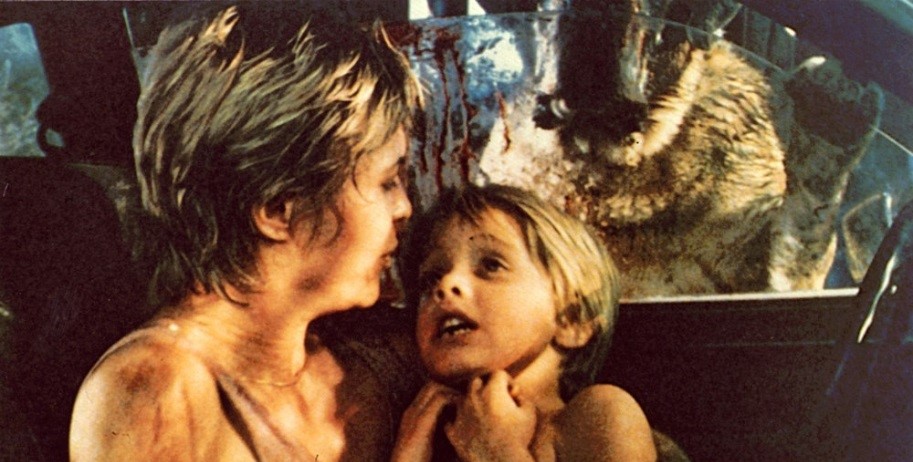
Apparently, the shots of CUJO rabidly climbing the car and doggedly attempting to get inside were achieved by simply placing the dog’s favorite toys inside the car. To think that such a graphically believable, genuinely unnerving sequence was done practically, without any computer enhancement, and to know that it still plays as mortifying today as it did in ’83 is really some special feat. Moreover, the tightly framed, kinetic hand-held frenzy and claustrophobic feel Teague was able to achieve keeps the sequences as intensely suspenseful as it was when originally shown. And just when you think it’s over, uh uh, Teague bombards us with another ferocious blitz when that damn pinto fails to ignite. Donna goes great motherf*cking Bambino on Cujo’s ass in the end, again reinforcing a sympathy we often do not give to horror villains.
WHAT BLOWS NOW: I suppose given the impatience of today’s instantly-gratified, social media climate, that some would take issue with having to wait nearly 40 minutes to only see two onscreen deaths. I wouldn’t, knowing full well that aforementioned sympathy that makes the drama impactful needs the requisite time to set up. No, my biggest gripe when watching CUJO today is why King chose to not have CUJO a part of the Trent family to begin with. Honestly, think of how much higher the dramatic stakes would have been if the dog belonged to Tad from the start. That first half hour could have demonstrated the tight bond between the boy and his dog, and then when the rabid murder-spree takes hold, far greater sympathy on both ends would have been felt. I know King laments how Tad dies in the book, which is why he changed the ending in the movie. I would have altered the relation of CUJO to the Trent family, so that their lovable family member was the one who turned on an even more beloved family member. Remember though, King was three sheets to the mother*cking wind!

THE VERDICT: While I’m not certain CUJO is a ubiquitously praised horror classic, what it achieved in 1983 it still achieves today. That is, it exacts a terrific premise with a top-notch performance by Dee Wallace, genuinely heart-pounding salvos of violence, a sympathetic air on both sides of the protagonist-antagonist divide, and a disarming score. Dogs don’t often live past 35, but CUJO is still one exceptional beast.
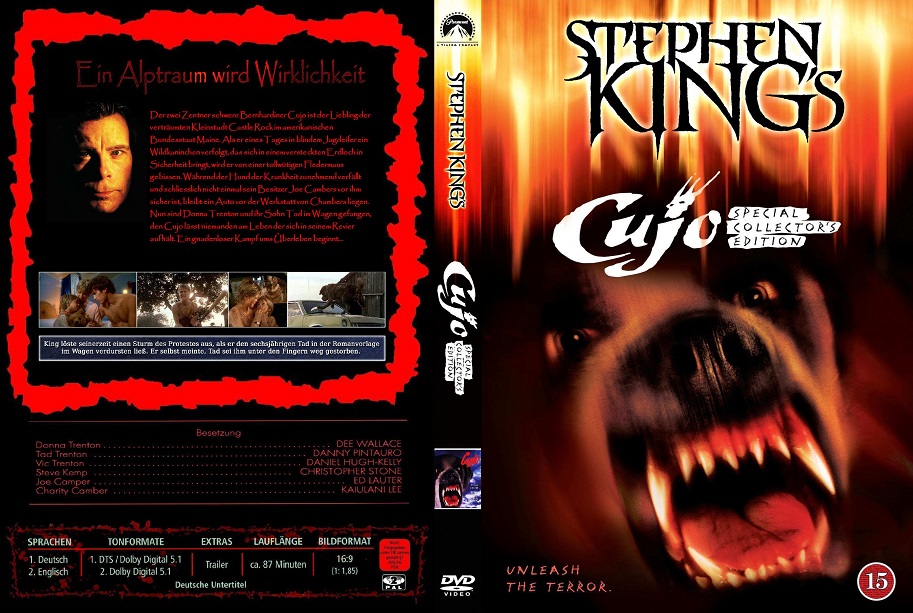




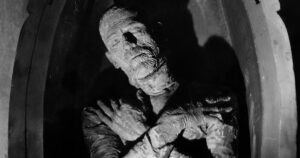


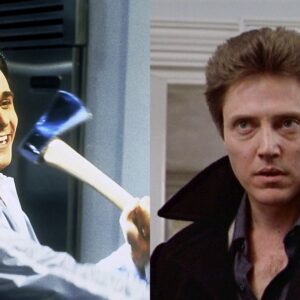
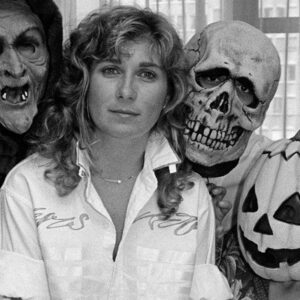
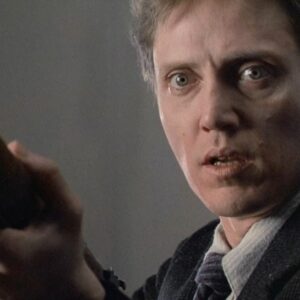



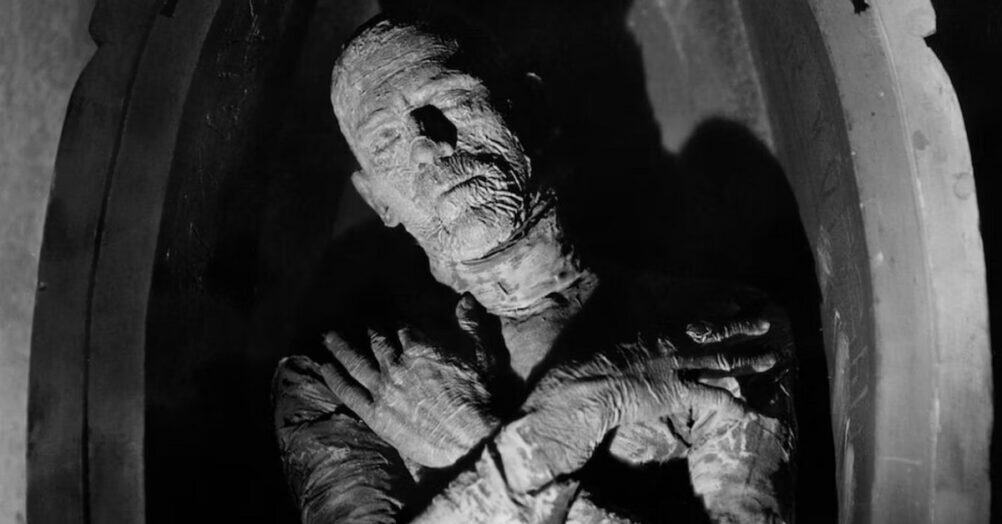
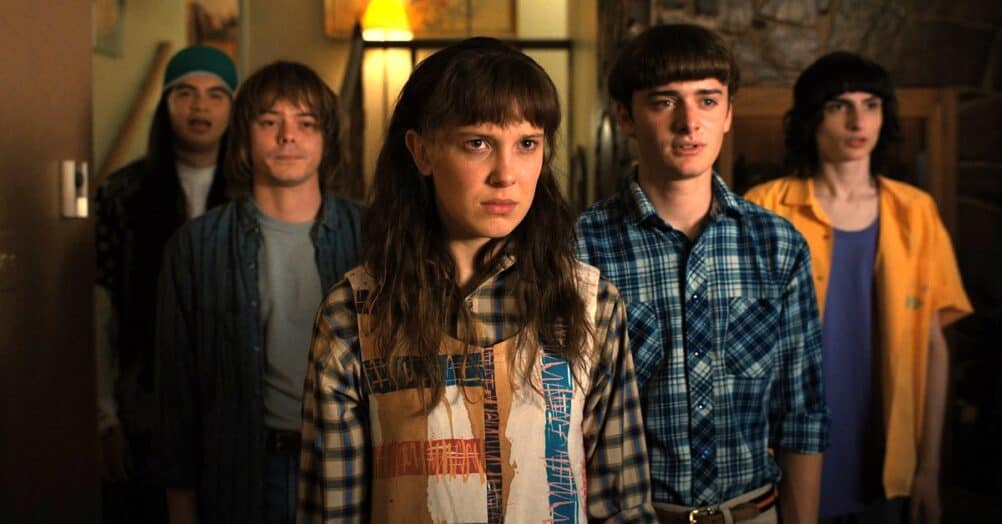




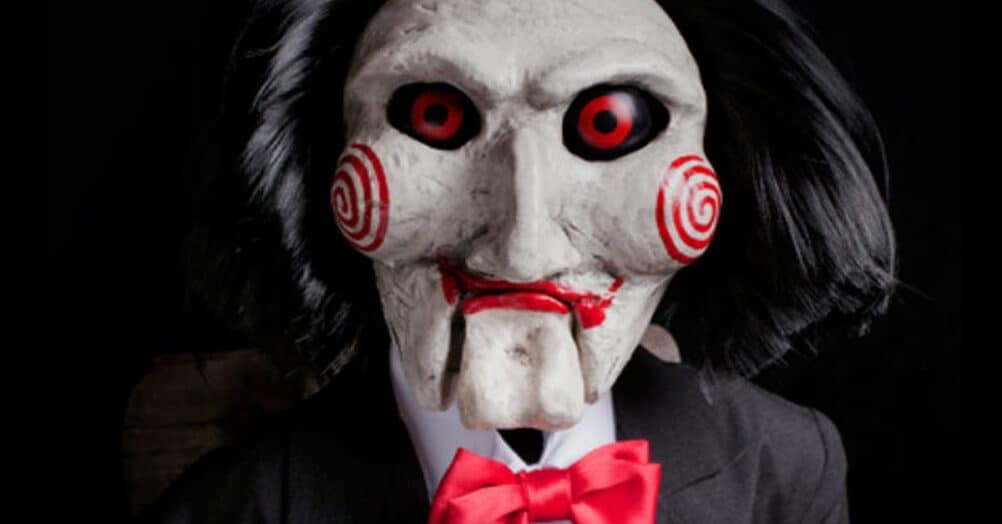
Follow the JOBLO MOVIE NETWORK
Follow us on YOUTUBE
Follow ARROW IN THE HEAD
Follow AITH on YOUTUBE